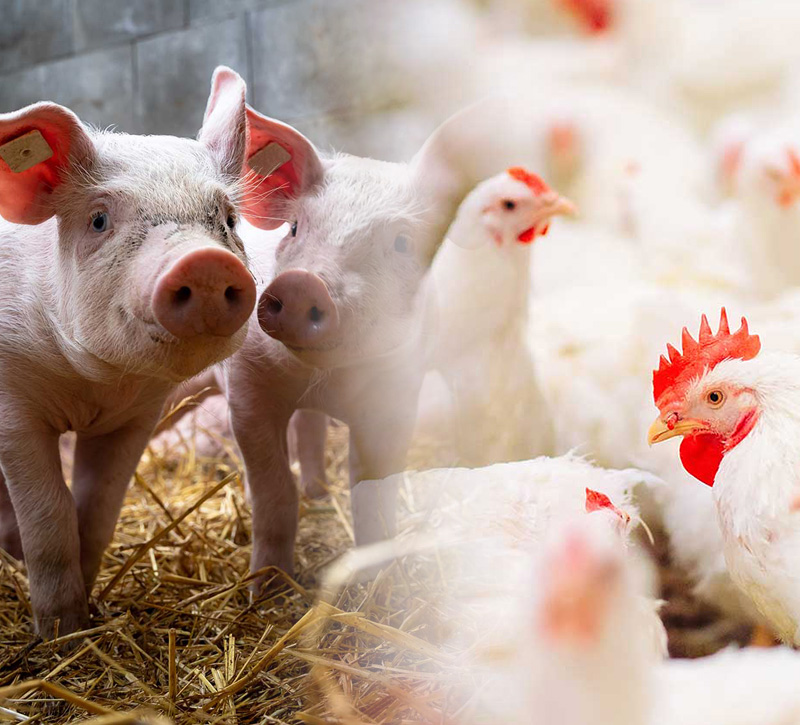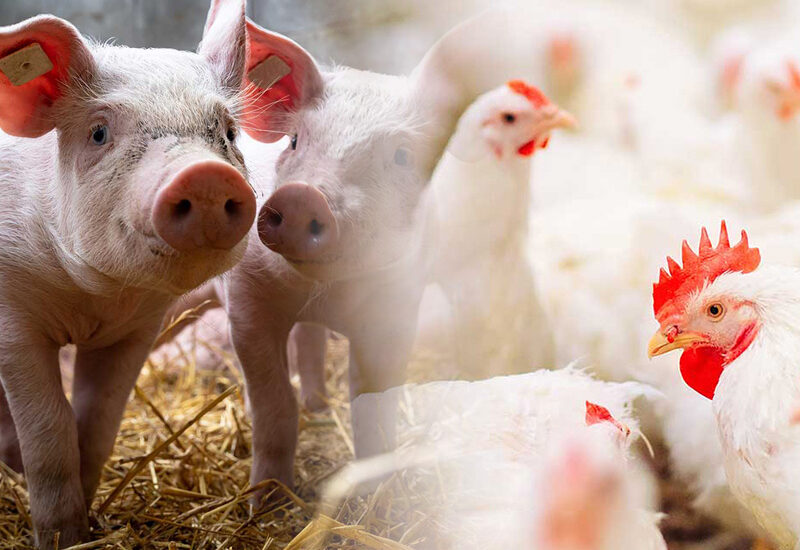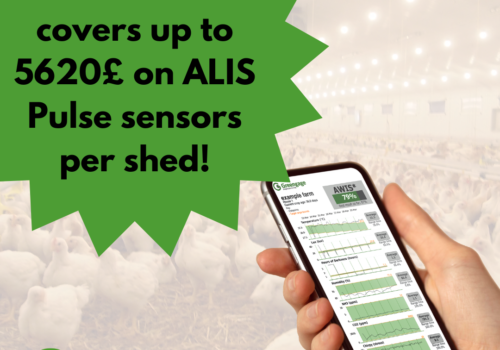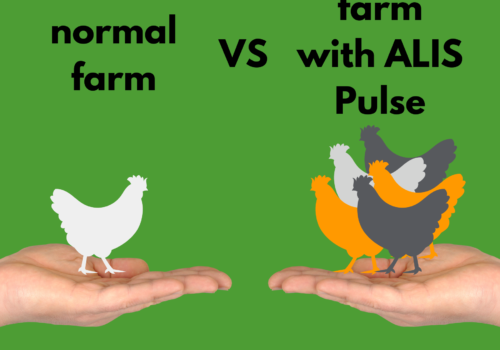Animal welfare is complex, being a multi-faceted state and measuring it in an objective, outcome-based manner can be difficult to achieve. A lot of animal welfare measurements are resource or input based but to measure welfare properly out-come based factors also need to be taken into account. We have been considering how animal welfare is measured and the benefits of including out-come based measures.
Measuring Animal Welfare
Introduction
Animal welfare is a key attribute in all livestock production. Achieving, promoting, and improving animal welfare not only makes moral and ethical sense, but is also a cornerstone of sustainable livestock farming practices. Current welfare standards are governed by laws, retailer standards and schemes such as Red Tractor and RSPCA Freedom Foods. These are all aimed at creating production systems that promote positive welfare, while providing a basis for welfare improvement. However, animal welfare is complex, being a multi-faceted state and measuring it in an objective, outcome-based manner can be difficult to achieve.
What is animal welfare?
Around the world different cultures interpret welfare differently placing emphasis on the aspects that are important to them. This would also be true of different retailers and welfare schemes. However, the Oxford dictionary defines animal welfare as the general, health, happiness, and safety of an animal. DM Broom in 1986 defined the welfare of an animal as “its state as regards its attempts to cope with its environment.” This includes how much effort is required to be able to cope and the extent to which those attempts are successful, a definition which has been adapted by the OIE, who defines welfare as how well an animal can cope with its environment. Importantly welfare is not only about creating positive feelings for animals but also about ensuring the absence of negative feelings. It is generally accepted welfare should consider both the physical and mental wellbeing of animals.
Animal welfare is a continuum which ranges from poor welfare to good welfare. There are many components to welfare and the welfare state of an animal cannot be determined from one component alone. Adding another layer of complexity to measuring welfare is the fact that individual animals will cope differently to difficult conditions.
How to measure animal welfare
To improve animal welfare, we must first be able to measure it. The foundation of all animal welfare measurement is the Five Freedoms (FAWC, 1979).
- Freedom from hunger and thirst
- Freedom from discomfort
- Freedom from pain, injury, and disease
- Freedom to express normal behaviour
- Freedom from fear and distress
Measuring the five freedoms can however be difficult. For example, what are the normal behaviours that are important for a captive animal? Attempts have been made to refine the Five Freedoms to aid with the assessment of animal welfare. One such example is the creation of the Five Domains by Mellor and Stafford, (2001).
| Domain | Description | How prevented or corrected | |
| 1. | Water deprivation, food deprivation, malnutrition | Ready access to fresh water and an appropriate diet in sufficient quantities and with a composition that maintain full health and vigour. | |
| 2. | Environmental challenge | Providing a suitable environment including shelter and a comfortable resting area whether outdoors or indoors. | |
| 3. | Disease, injury, functional impairment | Prevention or rapid diagnosis and treatment. | |
| 4. | Behavioural or interactive restriction | Providing sufficient space, proper facilities and the company of the animals own kind. | |
| 5. | Mental (and physical) suffering | Minimising the conditions that produce unacceptable levels of anxiety, fear, distress, boredom, sickness, pain, thirst, hunger and so on. | |
Mellor, D.J. & Stafford, K.J. (2001). Integrating practical, regulatory and ethical strategies for enhancing animal welfare. Australian Veterinary Journal, 79 (11), 762-768.
Another is the European Welfare Consortium proposal of 4 key principles of animal welfare made up of 12 criteria.
| Welfare Principle | Criteria |
| Good feeding |
|
| Good housing |
|
| Good health |
|
| Appropriate behaviour |
|
Most of the measures given above are resource-based measures. Resource-based measures refer to inputs into the production system and form the basis of most laws and codes of practices, and indeed the Five Freedoms. They measure the extent to which an animal receives certain key resources e.g., appropriate space, clean drinkers, feed, perching space, stocking density. However, just because a resource is provided it does not mean that it is being used and therefore contributing positively to an animal’s state of welfare.
The other way to assess welfare is to use outcome-based measures. Outcome-based measures are based on objective measurements of the animals themselves such as mortality, disease, injury, natural behaviour, etc. Although an approach that uses both resource- and outcome-based measures is likely to be best, there is a definite move to measurement of animal welfare becoming more outcome-based as this is felt to be more objective and meaningful. Indeed, in line with the European Commission’s intention to adopt a more systemic outcome-based approach to welfare, the European Food Safety Authority commissioned a report to look at the effectiveness of animal-based measurements for measuring welfare The report concluded that animal-based measures can be used to effectively monitor welfare, recommending the development of automatic monitoring and assessment systems to allow welfare changes to be documented, and providing a basis for welfare improvement.
Here in the UK the AssureWel project, a collaborative project led by the University of Bristol, RSPCA, and Soil Association, supported by the Tubney Charitable Trust, and with links to several UK industry bodies including the Red Tractor Farm Assurance scheme, Quality Meat Scotland and UK Organic Certifying Bodies developed a practical system of welfare outcome assessment for the major farm animal species. This system has since been incorporated into the RSPCA Freedom Foods and Soil Association Certification farm assurance schemes. While the system is not automated it highlights the move towards including outcome-based measures for a more holistic measure of animal welfare.
Summary
Animal welfare and its measurement is an integral part of all livestock farming. Traditional methods of assessing welfare have been based on resource-based measures, but an understanding of the importance of including outcome-based measures as well, means this is no longer the case. The next challenge for the industry is to develop methods of automating measurements of animal welfare to give remote, real-time, 24/7 monitoring and documentation of welfare.





